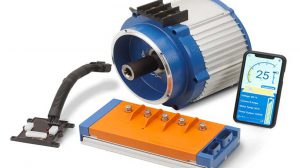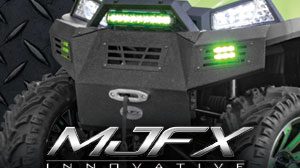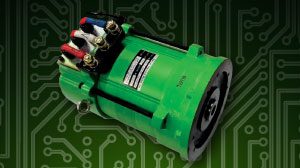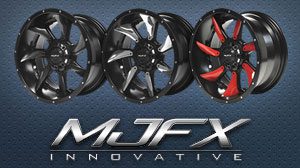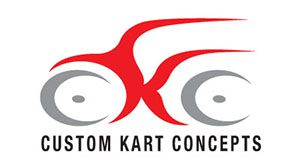By: Matt Vallez
Battery geeks have long heralded the coming of new battery technology, to all including the golf car industry for years, 20 last I counted. During this whole time the wet cell lead-acid battery has been the mainstay of all golf car manufacturers, and is currently the only battery available by the big three golf car manufactures in the electric cars they make. That is about to change, there is a new challenger to the dominance of the wet cell lead acid battery and it is for real this time not just hype. The battery type is AGM or (Absorbed Glass Mat) batteries, and they are being used in production golf car vehicles by some of the lesser known manufacturers.
These AGM batteries are sealed lead-acid batteries, also referred to as VRLA (Valve-Regulated Lead-Acid) batteries. They are similar to conventional wet lead-acid batteries however the electrolyte/acid is absorbed in a fiberglass material rather than in liquid form, hence the name glass-mat. Another key difference is that AGM batteries are sealed, so that the gasses produced during operations are recombined and remain within the battery rather than being released into the atmosphere. The sealed construction means there is no water loss in AGM batteries – therefore no maintenance.
This is the most important difference between the two types of batteries. AGM batteries are like wet lead-acid batteries on steroids without the water maintenance issues. All the water related problems for normal lead-acid batteries are eliminated. That also eliminates most maintenance and most common causes of premature failure related to wet lead acid batteries. This leaves a battery that can do the job without the maintenance and problems associated with wet lead-acid batteries.
The charging of any battery is another potential problem area and it exists for all batteries, overcharging has ruined many a good set of batteries. Charging needs to be done at a rate that will not damage the battery and long enough to adequately charge the batteries. Each battery has its own algorithm. A batteries algorithm basically is the rate and duration at which it should be charged for optimum performance. AGM batteries have an aggressive algorithm most similar to wet lead-acid batteries. So in many cases the same charger used for wet lead-acid batteries will perform well for an AGM battery. Gel batteries, sometimes called sealed batteries have much different charging requirements. They usually require different chargers or chargers that have a dual setting, one being for gel batteries. One over charging of a gel battery will reduce the output permanently. Wet lead-acid and AGM batteries are also not meant to be overcharged but are not as sensitive as gel batteries to the event.
Other interesting facts about AGM batteries: Shock and vibration resistant, little self discharge per month only 1%, can be installed and operated upright or on it’s side, certified safe for land, sea or air transport by DOT, IATA, IMDG, ICAO. That is to list a few. These batteries are here now and have become a viable alternative option for wet lead-acid batteries. They are more expensive to begin with, so currently the most common use is for AGM batteries are applications where performance is more important than economy. As these batteries gain popularity, as they are, they are a serious rival to the status quo, wet lead-acid battery.
I want to thank the people at Fullriver Battery Company for contributing to this article.





